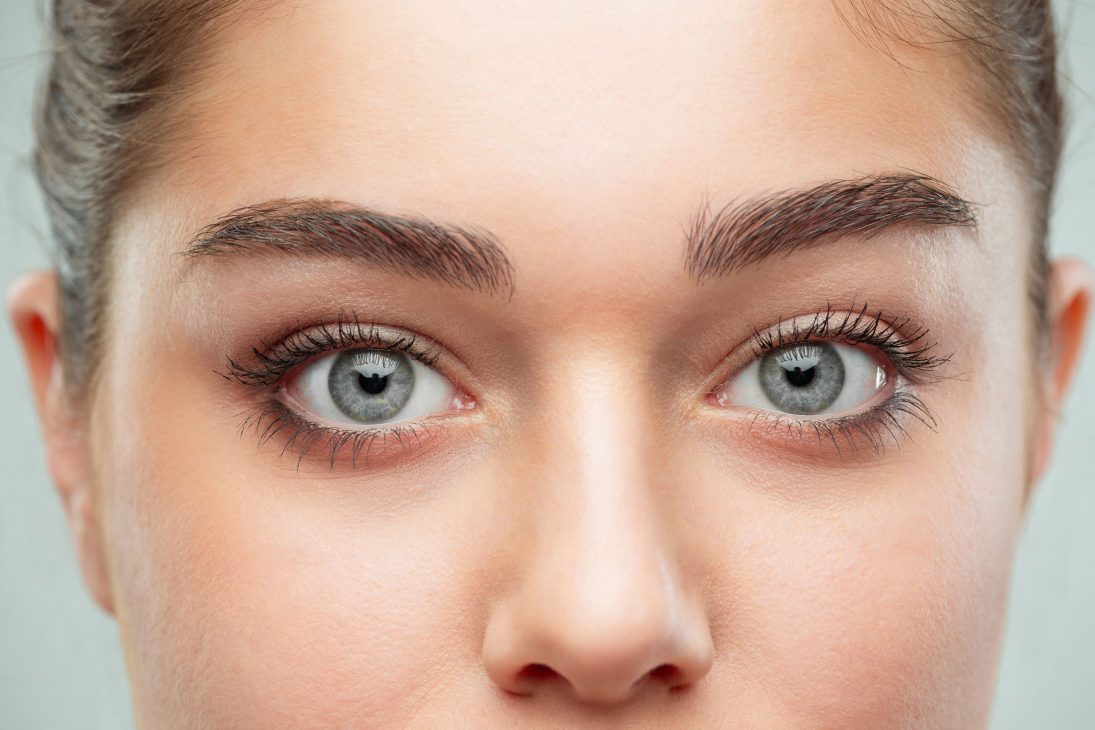
Top Most Common Vision Problems in the UK
Vision problems have become common all over the globe, including the United Kingdom. In this blog, we will cover some of the most prevalent eye conditions plaguing the nation, such as cataract, age-related macular degeneration, glaucoma, and more. So, without further ado, let’s dive in!
A Brief Overview of the 7 Most Common Eye Conditions of the UK
- Age-related Macular Degeneration
Age-related Macular Degeneration (AMD) is a type of macular dystrophy. The macular is that part of the retina at the eye’s back. It contains millions of cone cells responsible for helping us see fine and meticulous details, and comfortably partake in activities like reading, writing, and recognising colours. But, when a person suffers from AMD, the cone cells are damaged and do not work the way they typically should.
Age-related Macular Degeneration can affect people of all ages, but is the leading cause of sight loss in people over 60 years of age. For instance, more than 600,000 people are affected by the condition in the UK. Macular degeneration causes problems with central vision, impling that when a person looks at their front, the view can become dizzy or distorted. Thus, those suffering the condition might have to look sideways for clear details and may not be able to grasp things from the frontal vision, and depend on their peripheral vision.
- Glaucoma
The second type of eye condition that is very common in the UK is glaucoma. It is a hereditary condition that can lead to blindness if not catered to with eye drops daily. Glaucoma, in fact, is the name given to a group of eye conditions that might cause sight loss by damaging the optic nerve. Sight loss by glaucoma is permanent but, thankfully, there are preventative methods.
In glaucoma, the side vision is affected first, and then, if untreated, it can result in the narrowing of the visual field, leading to blind spots forming on the outer edges of the sight. Glaucoma manifests as misty or blurry patches in the vision or missing details from objects and people around the periphery.
- Cataract
The third type of vision problem plaguing citizens of the United Kingdom is cataract. It is a common eye problem caused by the ageing of the eye lens. As we get older, the lens inside our eyes usually changes and becomes less transparent. In due course of time, cataract may aggravate, and make objects seem cloudy or misty. Some of the other repercussions of cataract include blurred vision, change in colour perception, sensitivity to glare, and so forth.
However, we can all heave a sigh of relief, as cataract can be treated with a simple operation performed under local anaesthesia and as a day-case procedure. In a cataract operation, the natural eye lens that has become cloudy is removed and replaced with a cloudy one. In 2019-2020, more than 450,000 cataract surgeries were performed in England.
- Refractive Error
Various vision problems, such as short-sightedness (myopia), long-sightedness (hypermetropia), etc., are refractive errors caused when the eyeball is too long or too short, and the light cannot properly focus on the retina. Likewise, astigmatism is another refractive error that occurs either by a misshapen cornea or irregularities in the lens. The best part is that refractive errors are usually amended using spectacles or contact lenses.
- Diabetic Retinopathy
Many people might not be aware that diabetes is a health condition that affects all organs of the human body, including the eyes. Diabetic Retinopathy is an eye condition that affects the front or central vision, and causes it to become patchy. The culmination is difficulty in reading or driving.
Around 40 percent of people with Type 1 Diabetic and 20 percent of people with Type 2 Diabetes might experience some kind of Diabetic Retinopathy. Some of the common ways to prevent Diabetic Retinopathy include maintaining a healthy diet, controlling the blood sugar levels, not smoking, and likewise.
- Dry Eye Syndrome
Dry Eye Syndrome is a chronic vision condition that leads to a gritty and sore feeling in the eyes. Dry eyes can be caused by various factors that disrupt the tear film, such as particular medications, allergic eye reactions, hormonal changes, inflamed eyelid glands, and likewise.
- Amblyopia or Lazy Eyes
Last but not least, Lazy Eye is another common vision condition that affects children. Here, the eyes fail to properly communicate with the brain, leading to vision deterioration in one eye, whereas, the other eye is solely responsible for all the vision-related tasks. Amblyopia or Lazy Eye can be detected through eye checkups, and can be treated with glasses or an eye patch, both of which force the passive eye to do the work. The sooner a child receives the treatment, the better will be the prognosis.
So, there we have it, a crisp overview of the top seven vision conditions common in the United Kingdom.


